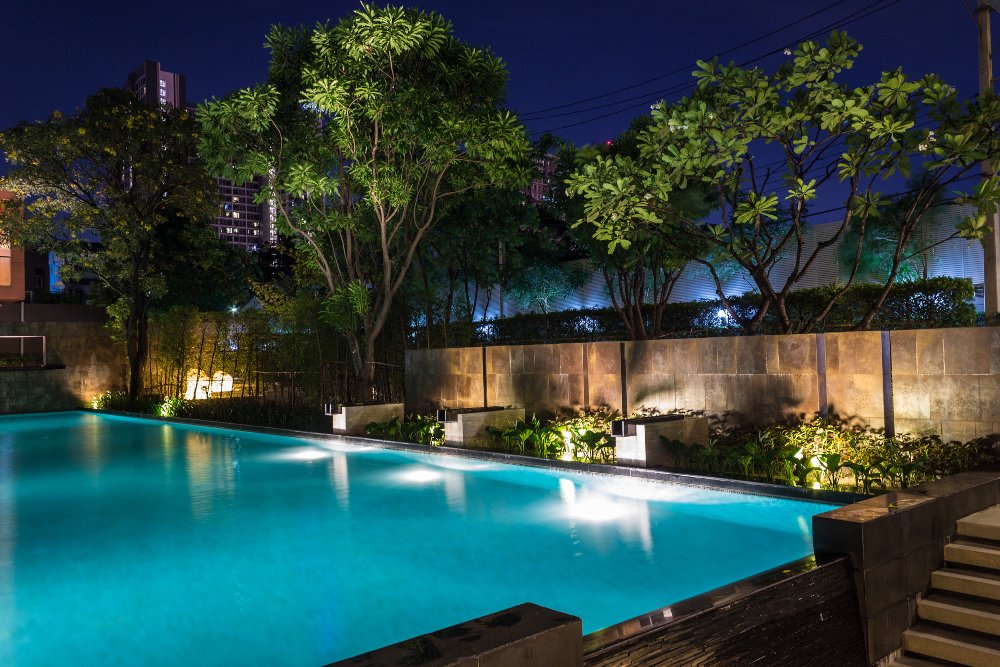Industrial holiday lighting combines aesthetics and functionality. It is made of blown glass, metal filaments and contact wires and is available in assorted colors or white. The finished sets of lights are packaged in molded plastic trays or folded cardboard displays boxes. They include safety labels and paper instruction sheets. The manufacturers use recyclable materials to make the packaging materials.
Design aspects of industrial holiday lighting
The design aspects of industrial holiday lighting have three basic components. These include the wire used to hang the lights, which may be green plastic-covered, or colored lights. Other aspects to consider include the number of lights and bulbs, as well as whether the bulbs are clear or of different colors. Fortunately, the materials used to make these items are durable and resistant to hot or cold temperatures.
The wire used to make holiday lights is made of copper, which is resistant to heat, cold, and sunlight. These lights also have protective covers on the bulbs, which keep them from breaking. The wires are connected using a series-parallel construction. One wire is cut to complete the length of a light string, and the other is molded to an end connector and wall plug. Once the wires are connected, the bulb holders are attached to the wires. The entire string is then tested by lighting it up.
Copper wire used in manufacturing
Copper wire is an important part of making holiday lights. Industrial-quality wire is used to create the most durable Christmas lights. Christmas lights are often made in China. If you are looking for a way to reduce the cost of your industrial holiday lighting, consider using copper wire. Many different types of wire are used to create holiday lights, so you are sure to find one that works for you.
Most holiday lights are made of three separate materials: PVC plastic, 22-gauge copper wire, and plugs. Wire is purchased from specialized manufacturers on spools of up to 10,000 feet. Plugs, which start and end each string of lights, are made of injection-molded plastic. The wires are then held together by lamp holders, which are made of copper metal contacts.
Energy efficiency of LED lights
Among the benefits of LED lights are their high energy efficiency and environmental friendliness. Compared to incandescent string lights, LED lights use 90 percent less electricity. The low energy usage means fewer carbon emissions. Furthermore, LED lights can last for more than 50,000 hours indoors. And they have a long lifespan – 25 times longer than incandescents.
LEDs also emit light that is directed in a specific direction. As a result, they are more efficient for task lighting and recessed downlights than other types of lighting. These lights also produce very little heat, unlike CFLs and incandescent bulbs which release 80 percent of their energy as heat.
Trends in this industry
The holiday season is a time for bright, colorful lights, which are used in a variety of applications. In addition to illuminating the environment, holiday lights can also help promote a sense of festive spirit. However, if you want to save on power, consider using LED lights instead of regular lights. These bulbs are known for their distinct colors and reduced power consumption. They are becoming more popular among home decorators.
While you may be familiar with traditional Christmas decor, you may be surprised to learn that many people are opting to keep their lights up throughout the year. Christmas trees are also being left up all year long, and the industry is on the brink of extending its season into the new year.
Licenses and permits required
In order to legally sell Christmas lights, a business owner must get licenses and permits from the appropriate state agency. The process for obtaining a license is different in different states. However, there are some general guidelines for commercial and industrial holiday lighting. These guidelines are intended to protect the public.
First of all, a business owner must register their business name with their local government. In addition, he should apply for all necessary permits. Without the necessary permits, he or she may face fines or even have their business closed. To avoid such problems, a business owner should contact local government agencies and consult with business license research companies.
Marketing strategies
If you want to promote your industrial holiday lighting business, you can use a variety of marketing strategies. For example, you can reach out to your current customers, especially if they’re happy with your services. You can also use social media to get more exposure. You can also offer referral programs to grow your customer base. For example, you could offer free wreaths to customers who refer new customers to your business. This is an excellent way to attract new business and build your existing customer base.
You can also use your customer data to segment your promotions and rewards. The goal is to increase sales and improve customer service. A customer punch card can help reward your customers for making lighting purchases. You can use this strategy all year long.

